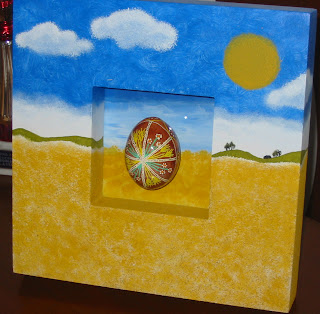
I purchased this book as a gift for my friend's daughter who is in love with all things manga and wants to learn to cook some Japanese food. It is called The Manga Cookbook by the Manga University Culinary Institute (if that actually exists) 158 pages and before I gave it to her, I'd figure I'd post some info about it here.
Honestly, I am tempted to keep it but since many of the recipes I already know quite well, I will not. There are a few tips which I did not know about so it was a pleasure to read.
The book is quite cute being presented in comic book form. The beginning pages have colored fotos and then the book becomes a comic paperback book format. Very effective.
There are recipes for preparing fruit and even how to hold and use chopsticks. They have even included a glossary at the beginning so you can understand the ingredients.
The recipe lists includes everything from setting the table, appetizers, and second course dishes like chicken Teriyaki and Yakitori. There is even a recipe and full explaination on how to make sweet bean paste, sushi and miso soup. There is also a section on how to make and pack two different bentos - with full info on how to cut the food to shapes to form a little train and a garden.
I was surprised to find an actual recipe and instructions on how to make your own Udon noodles.

I like the suggestion to put the dough in a baggy and "remove your shoes...and step on it softly for 15 minutes". Cute way of kneading noodle dough.
It makes lots of safety suggestions for young people learning how to use kitchen knives.
Overall the price is very much worth it. I picked it up on a discount from an Italian Internet book store but cover price is $14.95. As usual, on Amazon, it's discounted and you can actually check out the content of the book. It makes a nice gift for a young person who wants to try something new. And it's not so bad for someone older who thought they knew all the tricks.























